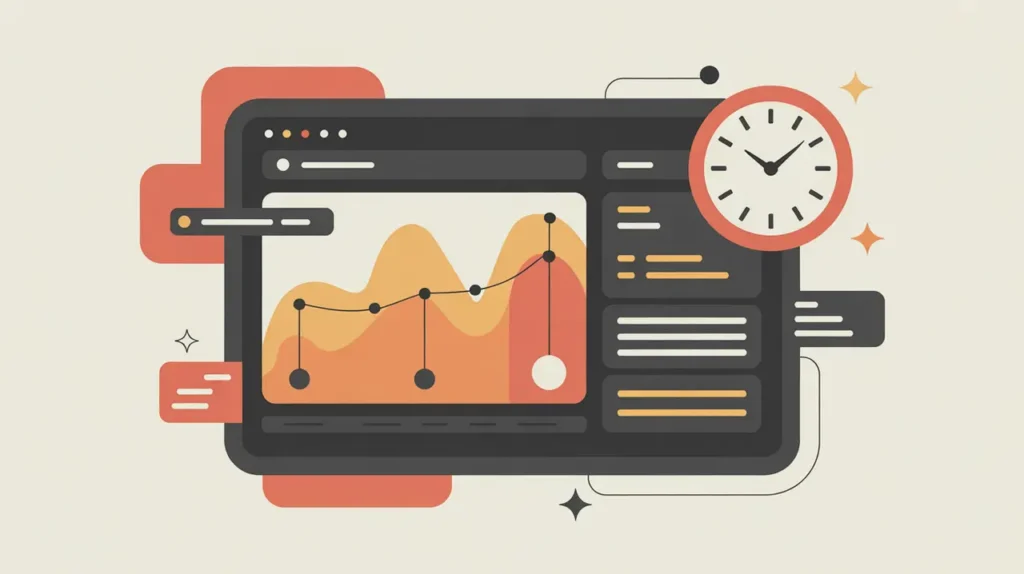Importance of External / Independent Monitoring
External or independent monitoring introduces objectivity and credibility into the assessment of programs and organizations. It matters because internal systems can sometimes overlook weaknesses, understate risks, or overemphasize successes. By involving independent evaluators, peer organizations, or third-party auditors, external monitoring provides a fresh perspective, builds trust with stakeholders, and enhances accountability in development and social innovation.
Definition and Features
External or independent monitoring is the systematic review of activities, processes, or outcomes by actors who are not directly involved in program implementation. Its defining features include:
- Objectivity – minimizes bias by relying on independent assessors.
- Credibility – findings often carry more weight with funders, policymakers, and the public.
- Comparative Insight – offers benchmarks against other organizations or contexts.
- Compliance and Assurance – checks adherence to external standards, contracts, or regulations.
- Transparency Function – provides open, verifiable reporting that strengthens trust.
How this Works in Practice
In practice, external monitoring might involve a third-party firm auditing financial practices, or an independent research group assessing the delivery of health programs in a region. It could also include community-based watchdog groups monitoring government projects. Methods range from site visits and document reviews to participatory approaches and digital verification. Challenges include the cost of hiring independent monitors, the risk of adversarial relationships, and the need to ensure findings are acted upon rather than ignored.
Implications for Social Innovation
External and independent monitoring contribute to social innovation by ensuring that evidence of progress and challenges is trustworthy and balanced. For practitioners, it offers constructive feedback that can strengthen internal systems and improve performance. For funders and policymakers, it provides assurance that investments are delivering as promised. External monitoring can be a bridge that links organizations, communities, and funders through shared trust. The impartial evidence it products can reinforce legitimacy for collaborative action.







